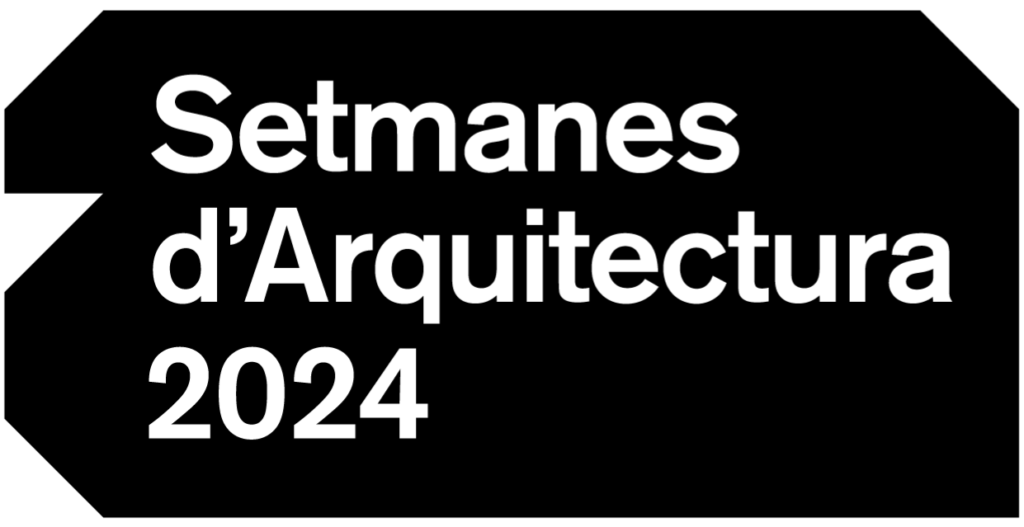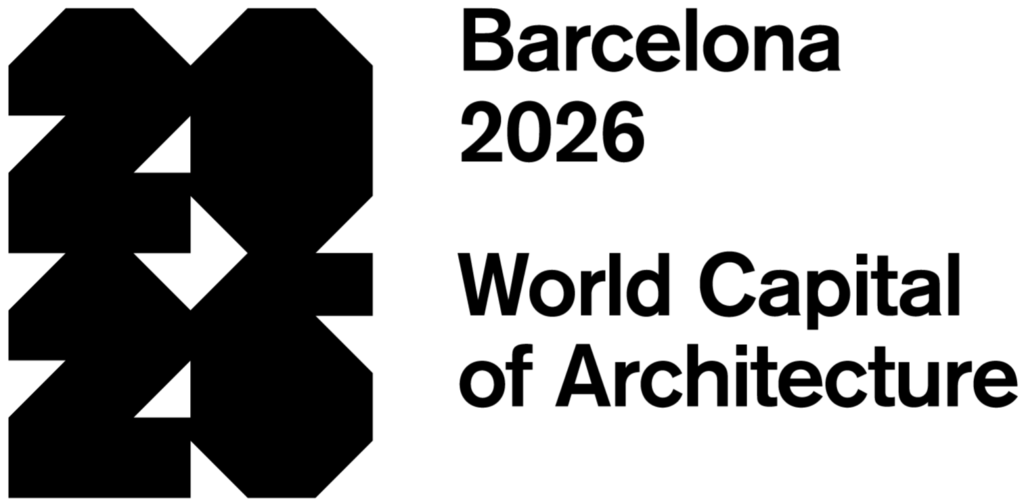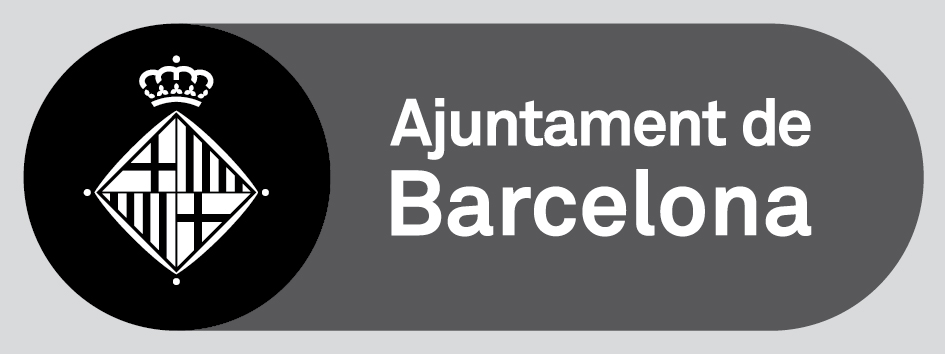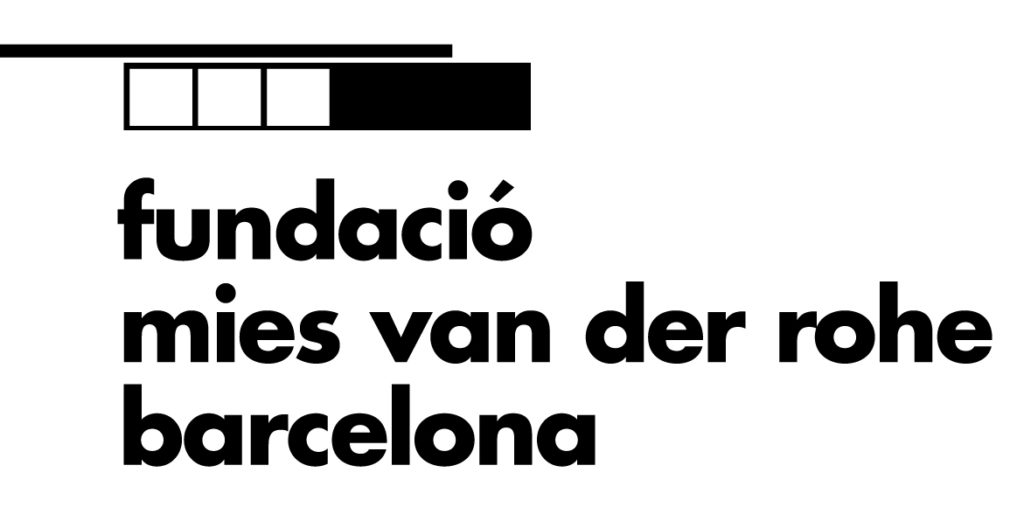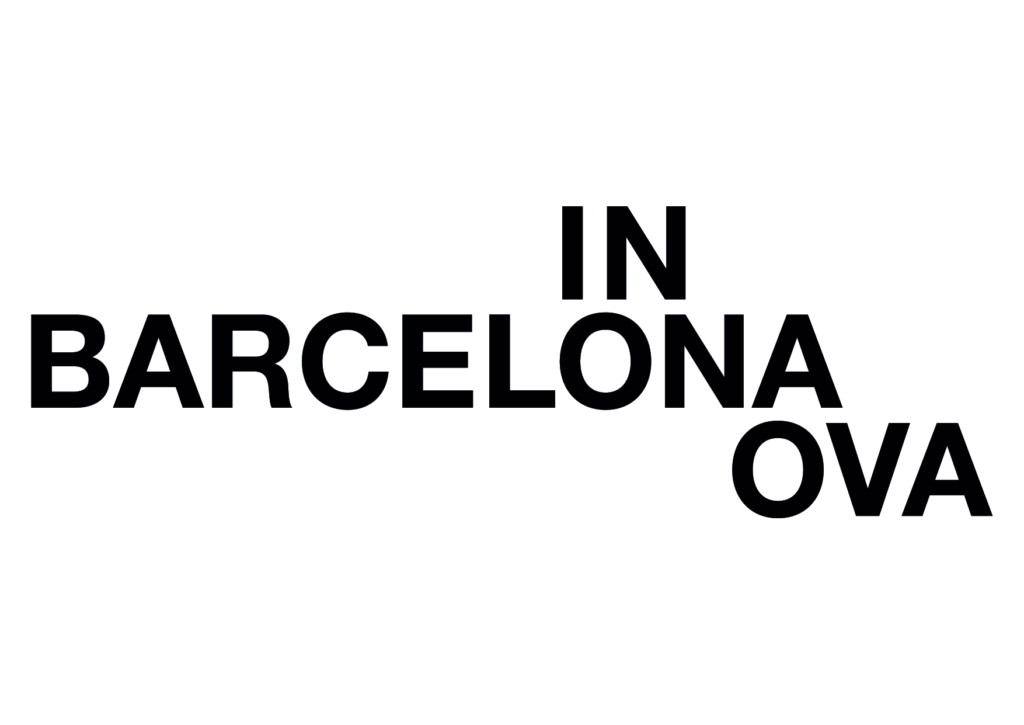Ethnography of urban habitability in times of climate mutation
[versión en español | versió en català]
Co-creation workshop curated by Tomás Criado (UOC) and Santiago Orrego (HU Berlin)
Organized by: CareNet-IN3, Open University of Catalonia.
In collaboration with Bit Habitat and the Office of Climate Change and Sustainability (Barcelona City Council).
Dates: June 17-21, 2024 | Place: Barcelona | Activity part of Setmanes d’Arquitectura 2024.
Prior registration required | Maximum 20 participants | Certificate of participation is issued (1 ECTS) | It will be carried out primarily in Spanish (use of Catalan and English in the informal work of the workshop won’t be an issue)
To download: Program and activity book as a PDF
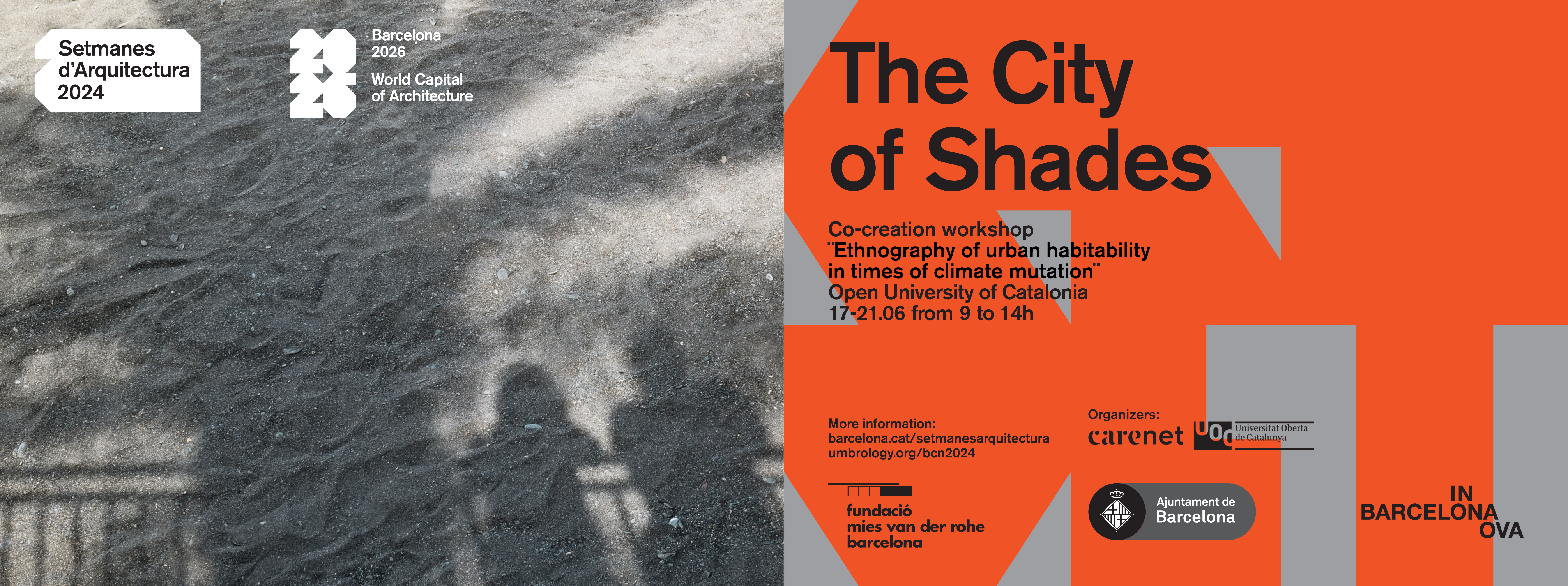
The Department of Umbrology is a joint production of xcol. An Ethnographic Inventory and Tarde, a handbook of minimal and irrelevant urban entanglements
Presentation
Different intergovernmental panels have long warned that the response to climate change must start from cities: increasingly populated settlements and complex-to-change infrastructures from which we need to rethink the habitability of the planet. The ongoing climate mutation places before us the challenges of configuring new urban ideas of care, protection or shelter; allowing plural ways of living; and protecting those who could be more exposed or suffer more from its devastating effects. In that sense, we live in a time of urgency and frantic searches for solutions. But in situations of great uncertainty, where how to respond is sometimes difficult to imagine, we may need to train ourselves to pay attention to the seemingly irrelevant, but crucial. That is the primary object of this workshop, which wants to focus on shades: seemingly negligible entities, but that articulate our urban life and our daily relationships with the sun and heat.
Without a doubt, there is nothing more conventional than shades. As terrestrial beings we all have one. But thinking about urban shades can be something much deeper, since it forces us to pay attention in a different way to our daily environments. Indeed, what is shade if not our changing relationship with the sun as it passes through our habitats throughout the day? We usually attribute to the sun the ability to give life, but what do we do when it damages us or puts us at risk, as in atmospheric conditions of extreme heat? With that in mind, our terrestrial life could be read as a long interspecies story of how the living have learned to protect ourselves from its irradiation. The atmosphere itself, with its complex circulation of air, the seas and the rivers or the iridescent tapestry of clouds and forests are nothing but a great system, with local expressions, of ways of capturing, regulating, dissipating, or blocking the sun’s rays. But, also, of producing shade.
Although shade is an old acquaintance, growing environmental concerns have pushed administrations and professionals of all kinds to begin to recover this daily environmental relationship. What’s more, even though it is usually considered a secondary product of the sun, its negative version, what if shades were the very condition of habitability on Earth and, therefore, in our urban environments? For this reason, it has gained great importance in different technical solutions to tackle the extreme heat of the present: municipal shading plans, bioclimatic itineraries, or shading infrastructures. This is requiring revitalizing old knowledges and techniques, as well as speculating and creating new solutions to mitigate and adapt to increasing heat.
In times like this, we also need to address the social and cultural life of shades, whether already existing or designed. In a heated present, where the ability to shelter ourselves from the scorching sun is a poorly distributed good, revitalizing their knowledge and generative practices may be crucial to relearning to live as earthly beings. To do this perhaps we need, as writer Tim Horvath suggests in his tale The discipline of shadows, to create a ‘Department of Umbrology’ in each of our territories.
The workshop is an invitation to co-create and explore how to bring into existence such a space, namely, one devoted to the study of and intervention in the urban life of shades: an umbrology that addresses both the physical and material aspects as well as the social and cultural relationships. of the shadows. To make it exist, we want to train ourselves – by means of different activities – to appreciate this environmental relationship: dedicating ourselves to the ethnographic study of the complex relationships between the sun and buildings, the street or trees, as well as the role that different types of shadows can have for different people or groups and their ways of surviving the scorching heat.
With an anthropological sensitivity we want to: (i) work on the design of materials to carry out field research; and (ii) take inventory of everyday spatial practices, with special attention to the relationships different people have with our perpetual companions as inhabitants under the sun. Thus, we will make another city appear, normally overlooked: the city of shades! And we will devote ourselves to understanding its social complexity, as well as the multiplicity of actors and assemblages that constitute it: the ways of generating shade, by and for whom, as well as the forms of sociality that they allow, their times, their rhythms and their spaces.
Public
– The workshop is especially aimed at professionals, researchers and undergraduate, master’s or doctoral students in the arts, social sciences (anthropology, geography, studies of science and technology, sociology), humanities, design and architecture, interested in ethnography and the social study of urban or environmental issues.
– While knowledge of ethnographic practice is desirable, prior knowledge of designing for climate change or the physics of shadows/shades is not required.
Aims
– Opening up for collective reflection the modes of urban response to climate change, collaborating with an ongoing prototyping project, producing seasonal shade infrastructures (Barcelona City Hall’s ephemeral shade challenge).
– Generating an interdisciplinary exchange process on how to investigate the city in times of climate change, paying attention to shades as social phenomena.
– Inventing devices for urban inquiry from which to rethink the forms of relevance of the arts, humanities and social sciences in times when technical solutions tend to prevail.
Program
Day 1 | Monday June 17, 2024
Location: U0.3, Planta 0 Edifici U, Universitat Oberta de Catalunya (c. Perú 52) and various nearby places of relevance
9:30-10:00 Workshop presentation: The Need for a Department of Umbrology, with the intervention of Lluïsa Cendón (Bit Habitat) and Benjamí Gauchía (Oficina de Canvi Climàtic i Sostenibilitat) of Barcelona’s City Council, technical managers of the challenge on ephemeral shade in public spaces
10:00-11:00 Inaugural presentations
- Paying attention to urban shades: Critical zones of contemporary habitability (Tomás Criado, UOC)
- The ethnography of ephemeral urban entanglements in times of climate mutation (Santiago Orrego, HU Berlin)
11:00-11:15 Coffee break
11:15-11:45 Proposal for groupwork and group dynamization
11:45-13:30 Documenting shades in context, by Carla Boserman (UCM): a guided walk through different areas of Poblenou –– (1) Central Park of Poblenou, (2) the Poblenou superblock, (3) c. de Marià Aguiló, and (4) Poblenou Park and Bogatell beach –– documenting shadow configurations in groups
13:30-14:00 Collective discussion
Day 2 | Tuesday June 18, 2024
Location: U0.3, Planta 0 Edifici U, Universitat Oberta de Catalunya (c. Perú 52)
9:30-12:30 Group workshop: Collaborative creation of devices for a Department of Umbrology.
A session where, recovering the configurations studied in the guided walk, we enter into the design of paper elements to (1) analyze and typify social configurations of urban shade, (2) imagine field devices for future shade research, (3) test their possibilities and (4) discuss them collectively to imagine a department of umbrology.
12:30-14:00 Workshop discussion after presentation by Isaac Marrero (UB), Multimodal ethnography and the politics of invention
14:00-15:30 Break/lunch
15:30-17:00 Presentation by Fernando Domínguez Rubio (UC San Diego), Fiction as method. Accompaniment: Daniel López & Irra Rodríguez Giralt (UOC)
Day 3 | Wednesday June 19, 2024
Location: Pg. Marìtim de la Barceloneta, 32-34 i Pl. Leonardo da Vinci
9:30-14:00 The first assignment of the Department of Umbrology: The social life of ephemeral shade infrastructures in public space
- Guided tour of the testing sites of the following prototypes of the challenge on ephemeral shade in public spaces (Oasi, ombra per a tothom + Mar d’ombres).
- In groups:
- Testing of the small ethnographic devices generated and discussion in situ of the necessary adaptations to study the social configurations that each of these prototypes imply: the uses and forms of sociality that they allow, their times/rhythms and their spaces.
- With the devices generated, we will enter in relationship with the actors who transit or inhabit these new shadow spaces, paying attention to their configurations of vulnerability or exposure, as well as their knowledge and resources. After each visit, possible necessary changes will be discussed.
Day 4 | Thursday June 20, 2024
Location: Rambla de Badal, 113 + U0.3, Planta 0 Edifici U, Universitat Oberta de Catalunya (c. Perú 52)
10:30-11:30 Collective discussion on site
11:30-13:30 The first assignment of the Department of Umbrology: The social life of ephemeral shade infrastructures in public space
- Guided visit to the testing site of the third prototype of the challenge on ephemeral shade in public spaces (A l’ombra del trencadís).
- In groups:
- Testing of the small ethnographic devices generated and discussion in situ of the necessary adaptations to study the social configurations that each of these prototypes imply: the uses and forms of sociality that they allow, their times/rhythms and their spaces.
- With the devices generated, we will enter in relationship with the actors who traverse or inhabit these new shadow spaces, paying attention to their configurations of vulnerability or exposure, as well as their knowledge and resources. After each visit, possible necessary changes will be discussed.
13:30-14:00 Trip to the area of the university
14:00-15:30 Lunch
15:30-17:00 Free afternoon for group-work on the prototypes (if necessary)
Day 5 | Friday June 21, 2024
Location: Bit Habitat, Ca l’Alier (c. Pere IV 362)
9:30-10:30 Presentation by Francisco Martínez (Tampere University), For an observatory of shadows. How to intra-view what happens in the dark
10:30-10:45 Break
10:45-12:45 Equipping future Departments of Umbrology: Collaborative documentation session of the devices generated in small formats such as fanzines (in collaboration with the micro and open publishing project pliegOS.net) , with the idea of inspiring the creation of Departments of Umbrology in other contexts.
12:45-13:00 Break
13:00-14:00 Final report and discussion by Adolfo Estalella (UCM), Ethnographic experimentation and its archive
Documentation
The documentation generated in the workshop by the different participants will be archived openly both in the Department of Umbrology as well as in xcol and Tarde.
Funding
This workshop is co-funded by the Spanish National Scientific, Technical and Innovation Research Programme 2021-2023 (RYC2021-033410-I) and Setmanes d’Arquitectura 2024 (Ajuntament de Barcelona / Fundació Mies van der Rohe)

